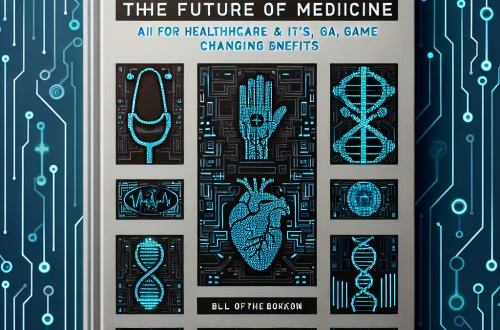Summary:
AI models with real-time voice capabilities are transforming how humans interact with technology by enabling seamless, natural conversations with machines. These models, powered by advanced deep learning and speech synthesis, allow instant voice recognition, translation, and response generation. Businesses, developers, and everyday users benefit from applications like virtual assistants, customer service automation, and accessibility tools. This article explores how these AI models work, their best use cases, strengths, weaknesses, and future implications for novices entering the AI industry.
What This Means for You:
- Enhanced Productivity: AI voice models can automate repetitive tasks like call handling or note-taking, freeing up time for more strategic work. For example, tools like Otter.ai transcribe meetings in real-time.
- Improved Accessibility: Voice-enabled AI can assist users with disabilities by converting speech to text or vice versa. Consider integrating voice APIs like Google Speech-to-Text for inclusive applications.
- Competitive Advantage: Early adopters of AI voice technology can streamline customer interactions. Start experimenting with platforms like Amazon Lex or OpenAI’s Whisper for voice-driven chatbots.
- Future Outlook or Warning: While real-time voice AI offers immense potential, ethical concerns like deepfake misuse and data privacy risks must be addressed. Regulations and transparency will shape its responsible adoption.
Talking Tech: How AI Models Are Revolutionizing Real-Time Voice Interactions
Understanding Real-Time Voice AI Models
AI models with real-time voice capabilities combine automatic speech recognition (ASR), natural language processing (NLP), and text-to-speech (TTS) technologies to process and generate human-like conversations instantly. These models, such as OpenAI’s Whisper or Google’s WaveNet, analyze audio inputs, convert them to text, generate context-aware responses, and deliver them back as synthesized speech—all within milliseconds.
Best Use Cases for Real-Time Voice AI
1. Virtual Assistants: Siri, Alexa, and Google Assistant leverage real-time voice AI to answer queries, set reminders, and control smart devices.
2. Customer Support: AI-powered call centers use voice models to handle FAQs, route calls, and reduce wait times.
3. Language Translation: Tools like Skype Translator break language barriers by translating spoken conversations in real time.
4. Accessibility Tools: Voice-to-text applications empower users with hearing or speech impairments to communicate effortlessly.
Strengths of Real-Time Voice AI
Speed and Efficiency: These models process voice inputs faster than human operators, making them ideal for high-volume interactions.
Scalability: Cloud-based voice AI services can handle millions of concurrent users without performance drops.
Personalization: Advanced NLP allows models to adapt to user accents, dialects, and preferences over time.
Weaknesses and Limitations
Latency Issues: Poor internet connectivity can delay responses, disrupting fluid conversations.
Bias and Misinterpretation: Models may struggle with uncommon accents or slang, leading to errors.
Privacy Concerns: Storing voice data raises GDPR and CCPA compliance challenges.
Future of Real-Time Voice AI
Advancements in edge computing will reduce latency by processing data locally. Meanwhile, multimodal AI (combining voice, vision, and touch) will create more immersive experiences. However, stricter regulations around voice cloning and consent are inevitable.
People Also Ask About:
- How accurate are AI voice models? Modern models like Whisper achieve ~95% accuracy in ideal conditions but may falter with background noise or heavy accents.
- Can AI voice models mimic any voice? Yes, but ethical guidelines restrict unauthorized voice cloning to prevent misuse.
- What hardware is needed to run real-time voice AI? Most cloud-based APIs require minimal hardware, but on-device solutions need GPUs for low-latency processing.
- Are there open-source voice AI models? Yes, Mozilla’s DeepSpeech and Coqui TTS offer customizable alternatives to proprietary systems.
Expert Opinion:
Real-time voice AI is a double-edged sword. While it democratizes access to technology, unchecked deployment risks normalizing surveillance and eroding trust. Developers must prioritize explainability—users should know when they’re interacting with AI. The next frontier is emotion-aware voice models that detect frustration or urgency, but these require rigorous bias testing to avoid harmful stereotypes.
Extra Information:
- OpenAI Whisper – A state-of-the-art speech recognition model supporting multilingual real-time transcription.
- Google Cloud Text-to-Speech – Offers lifelike voice synthesis with customizable pitch and speed.
Related Key Terms:
- real-time voice recognition AI for businesses
- best AI voice models for customer service 2024
- low-latency speech-to-text API solutions
- ethical concerns with AI voice cloning
- how to integrate voice AI into mobile apps
Check out our AI Model Comparison Tool here: AI Model Comparison Tool
*Featured image provided by Pixabay




